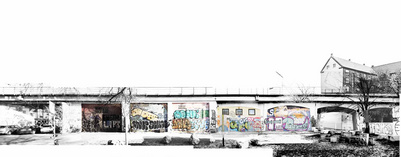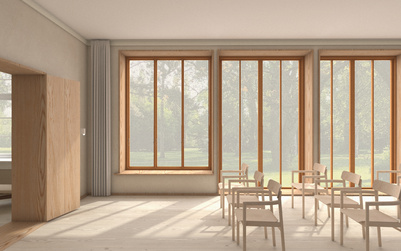(PLACE) MAKERS' HOME
Navn
Erika Hattori
Uddannelsesgrad
Kandidat
Program
Spatial Design - Architecture, Design and Interiors
Institut
Bygningskunst og Design
År
2021
The Goto islands, Japan, have seen a continuous decrease in population which has caused a disappearance of local tectonics and abandonment of homes. The “(PLACE) MAKERS’ HOME” is a living and work space for makers visiting from abroad. This project creates the preconditions for makers to develop and transform empty houses through the fusion of local and outside tectonics and production cultures.
Det Kongelige Akademi understøtter FN’s verdensmål
Siden 2017 har Det Kongelige Akademi arbejdet med FN’s verdensmål. Det afspejler sig i forskning, undervisning og afgangsprojekter. Dette projekt har forholdt sig til følgende FN-mål:
Industry, innovation and infrastructure (9)
Sustainable cities and communities (11)
Responsible consumption and production (12)
CV
CV Title
Telefon
91717064
Education & Relevant Courses
2019
2021
Master of architect, The Royal Danish Academy, Spatial design
I’m studying people’s use of space and materiality. I explore the transformation of existing resources for new purposes. I investigate how to create a balance between structure, material and site conditions through detailed research.
2014
2018
Bachelor of architect, Yokohama National University, Japan
I learned how to frame projects based on detailed research on environments including their history, urban situations and people’s activities. I explored how to
present the potential of a site through design.




























